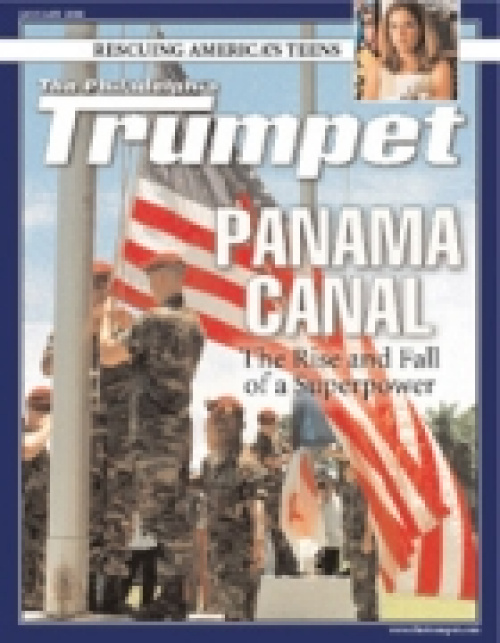Turmoil Ahead
The executive director of the National Defense Council Foundation (ndcf), Major Andy Messing Jr., predicts increased international turmoil in the years ahead. Releasing a new survey on the world’s battle zones, the ndcf claims that the number of nations in conflict, at the beginning of this new century, is 65—almost twice the level that obtained near the end of the cold war.
Using the ndcf’s figures means that one third of the world’s 193 nations enter the new century cursed by war, civil strife or other types of violence. The report highlights an increase in military coups, erosion in democratic advances and the proliferation of weapons of mass destruction as contributing factors in this sad state of the world’s affairs.
Although other agencies show lower figures, all agree that the level of international conflict has escalated out of proportion since the cold war’s end.
“The Center for Defense Information characterized this week’s decision to resume U.S. production of tritium gas and the separate recommendations to restart plutonium production and to begin new nuclear warheads as ‘giant steps’ toward plunging the world into a new nuclear arms race” (Center for Defense Information press release, Dec. 10, 1999). Although the cdi’s more conservative estimate of active wars totals just 37, this is up from their assessment of 27 a few years back.
Even the cia, under a democratic administration more restrained in their assessment of reality, pinpoints 31 current international conflicts. The cia counts only conflicts with “high levels of organized violence between states or between contending groups within a state or with high levels of political or societal tension likely to erupt into violence” (AP News, Dec. 30, 1999).
Nevertheless, cia spokesman Mark Mansfield agreed that the incidence of regional conflicts has risen sharply since the end of the cold war. It seems that the new world disorder that has emerged over the past ten years is one where “the bi-polar ‘cold war’ system has disintegrated into a system of ‘warm wars,’ with randomized conflicts popping up in all corners of an interdependent world” (ibid.).
